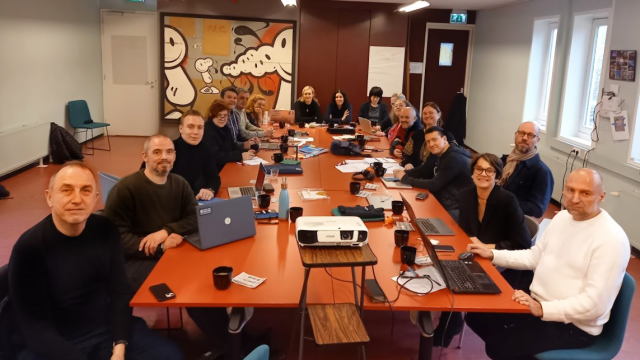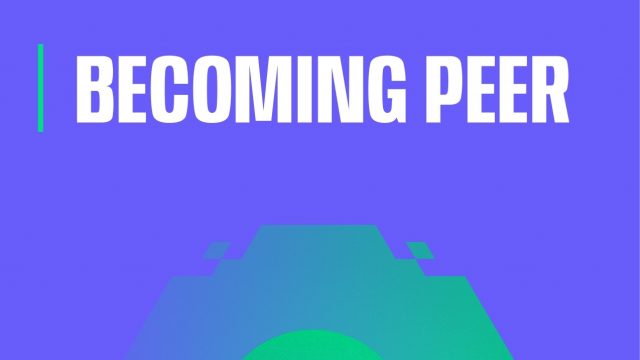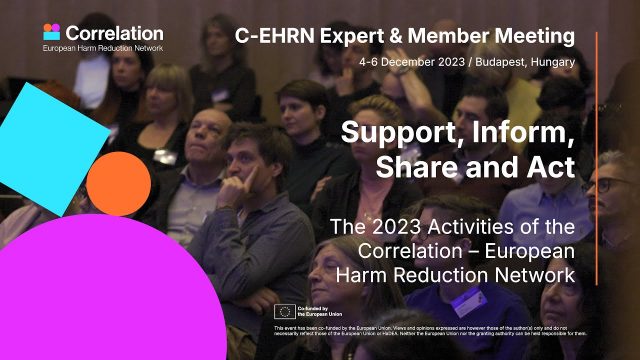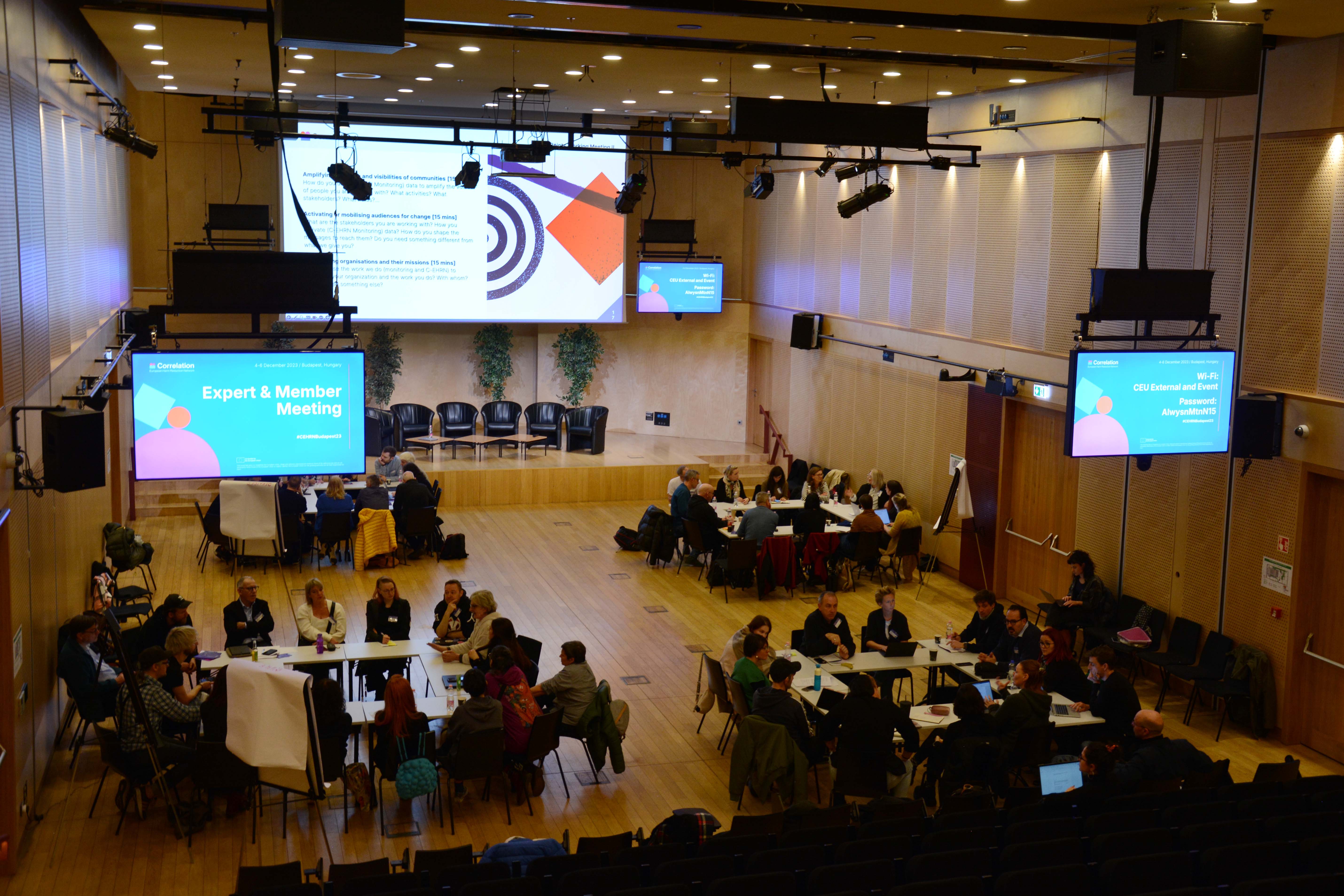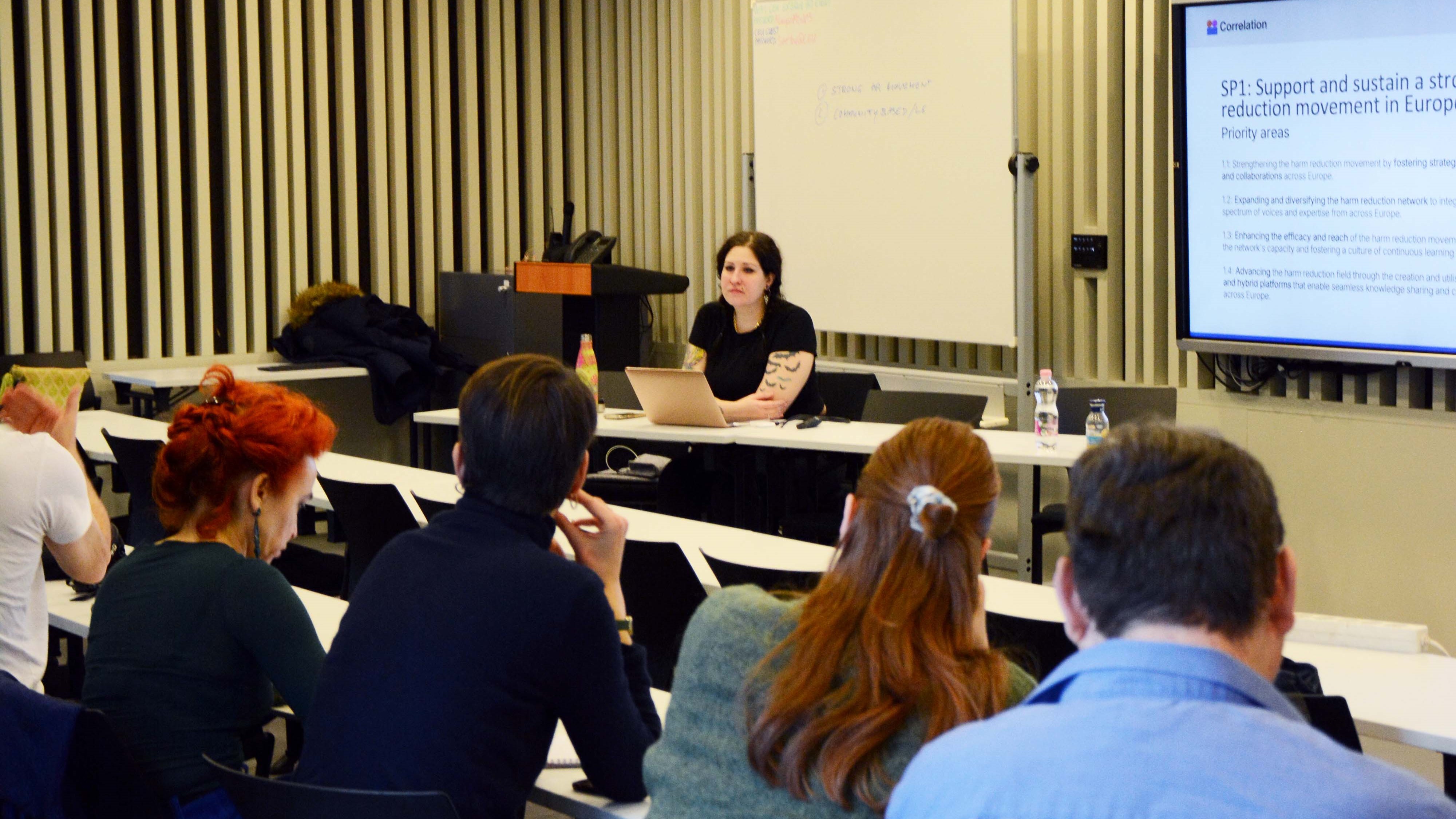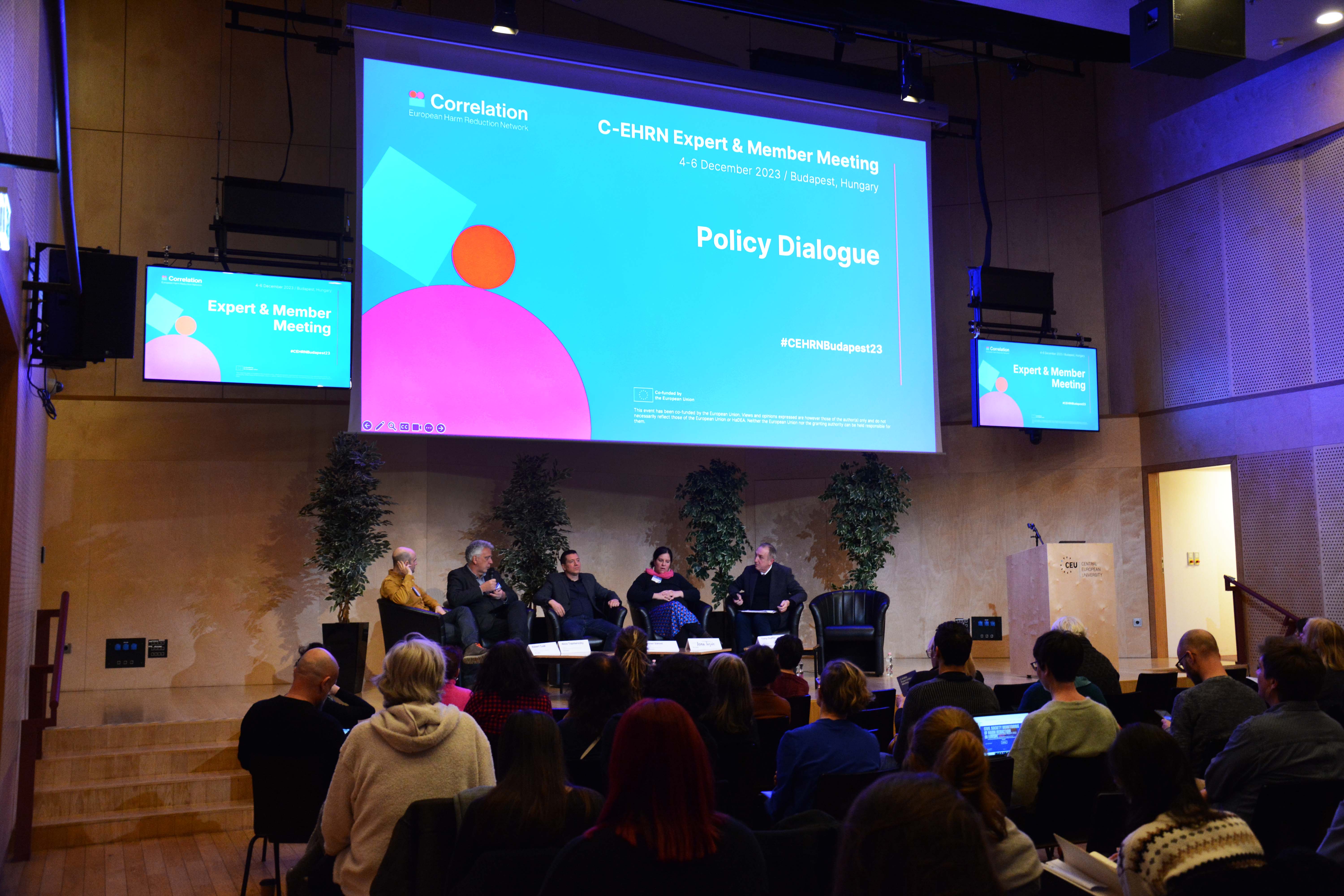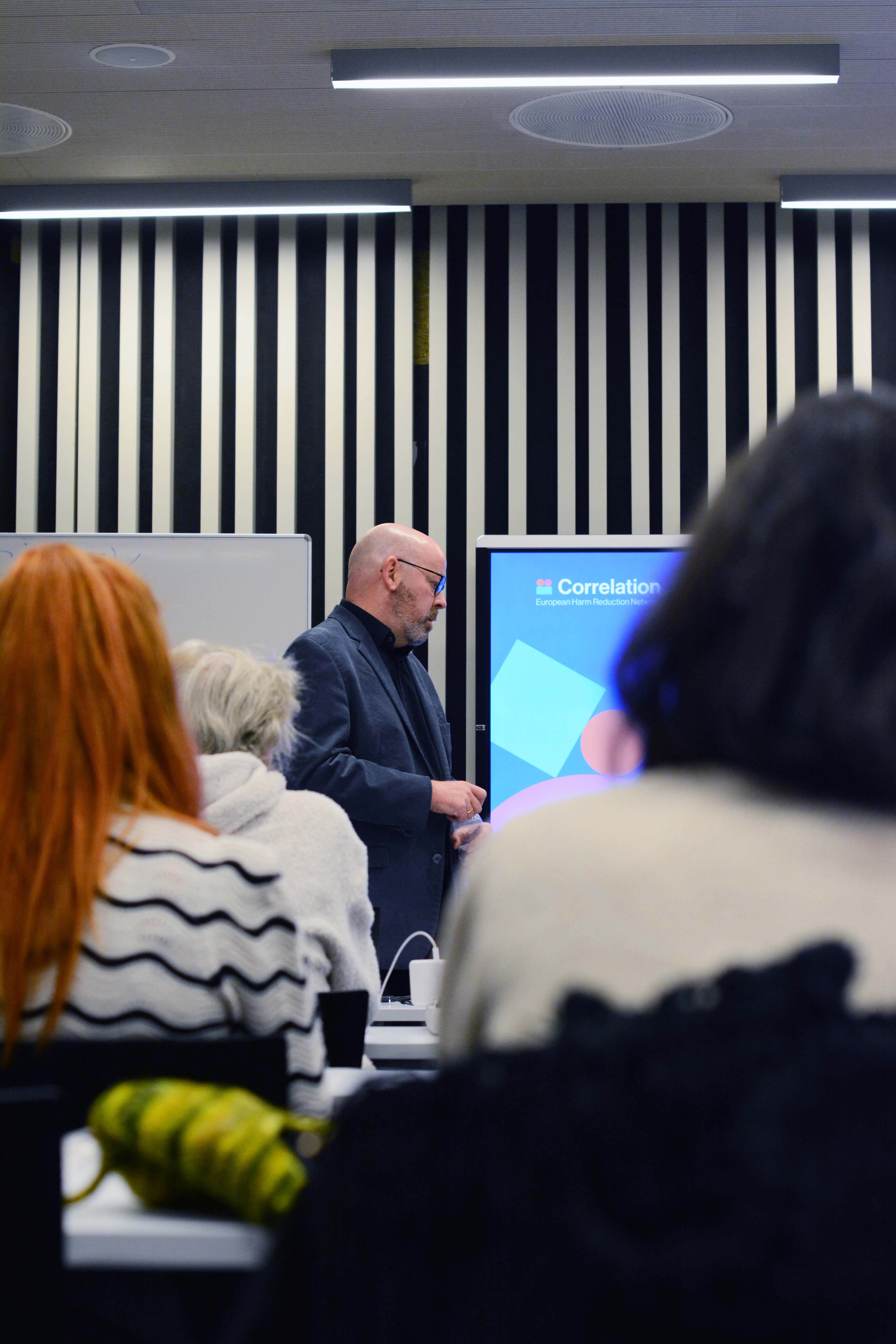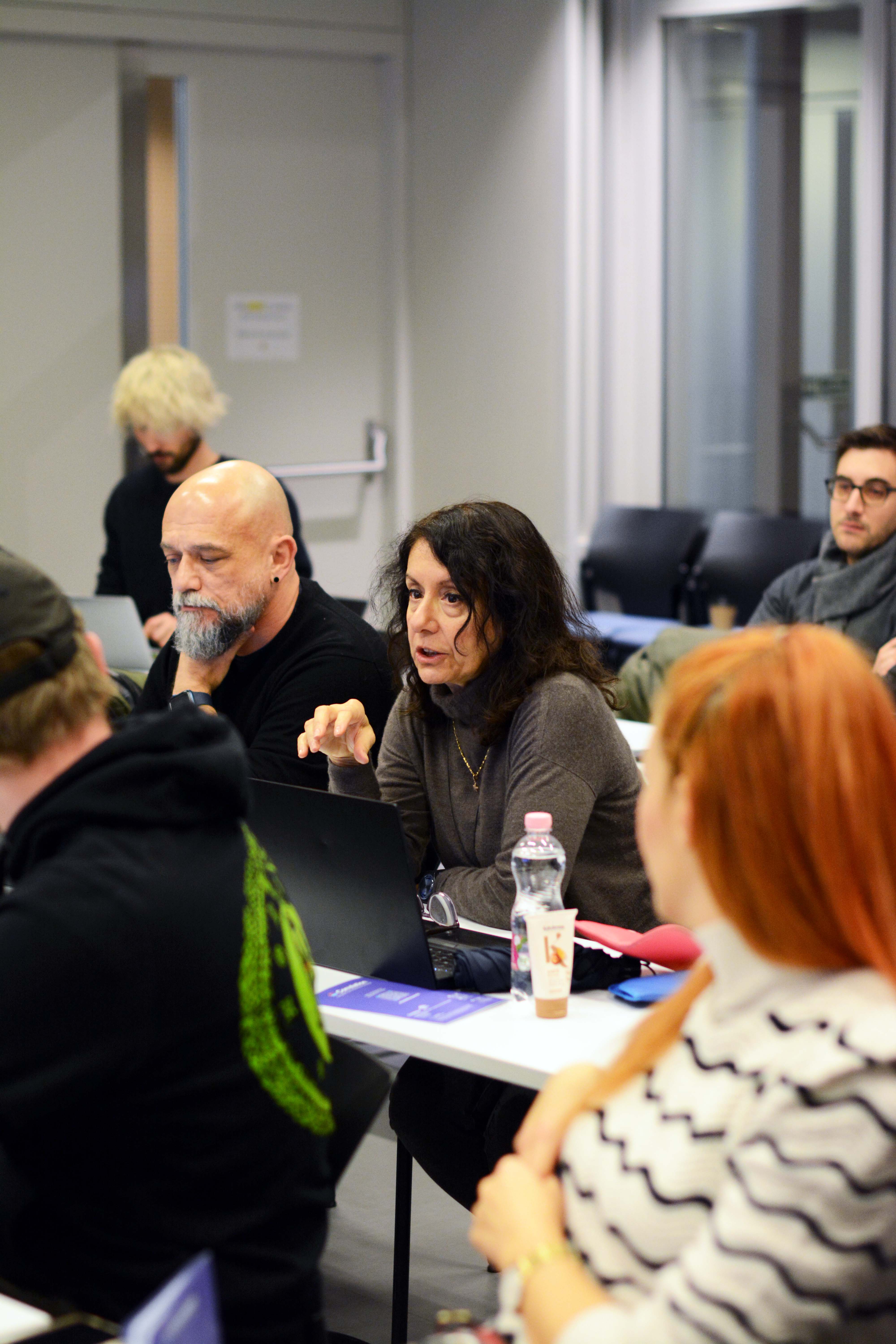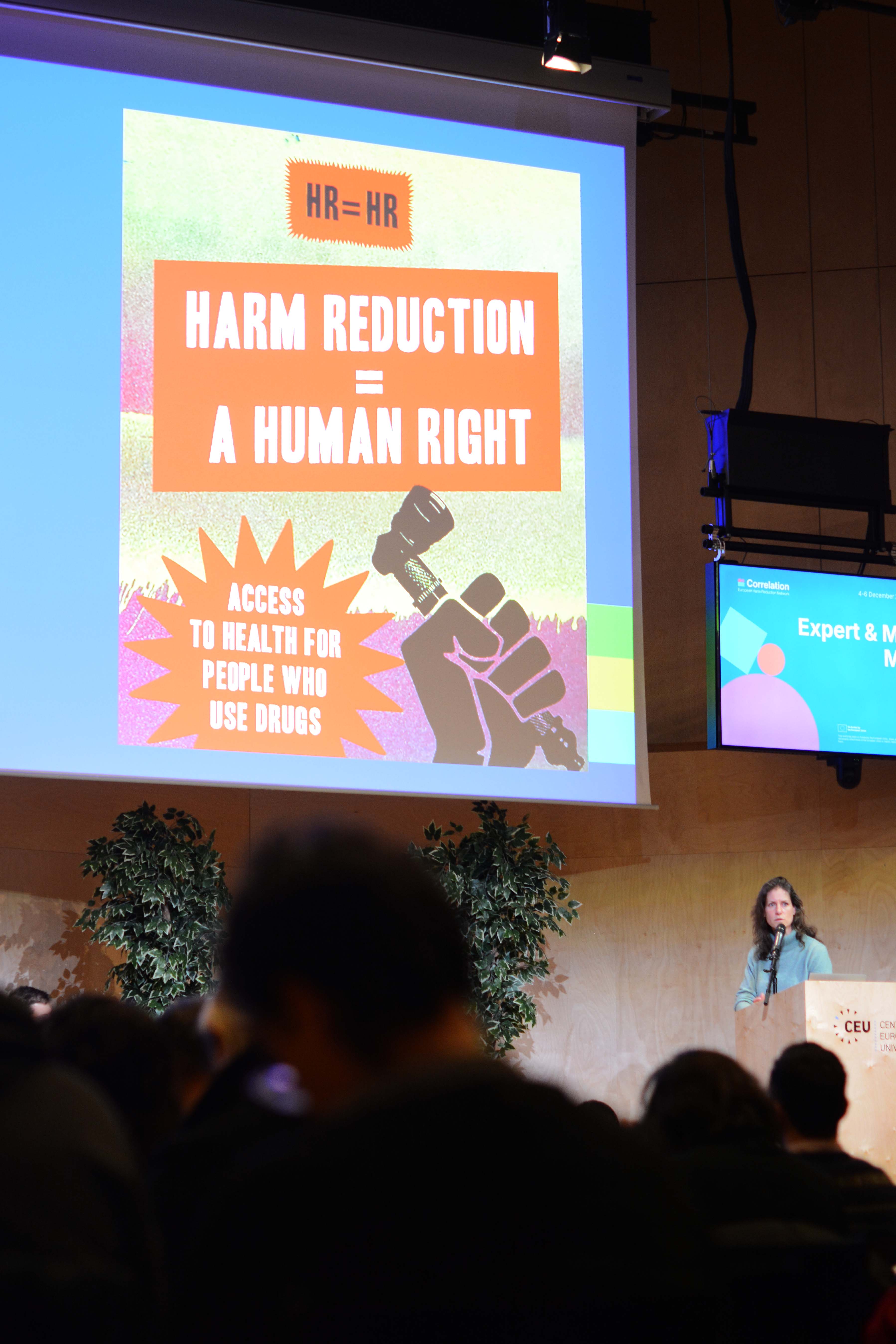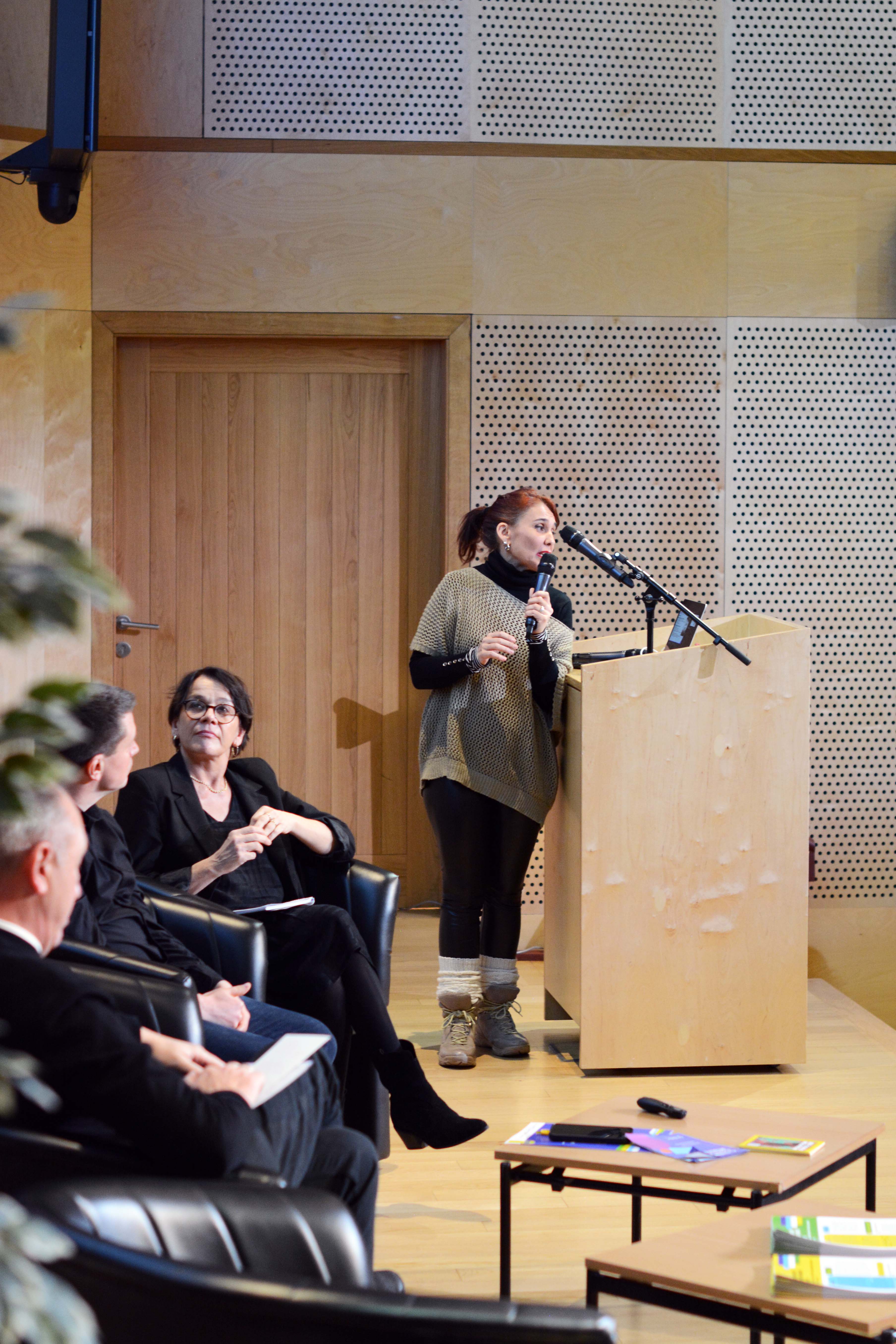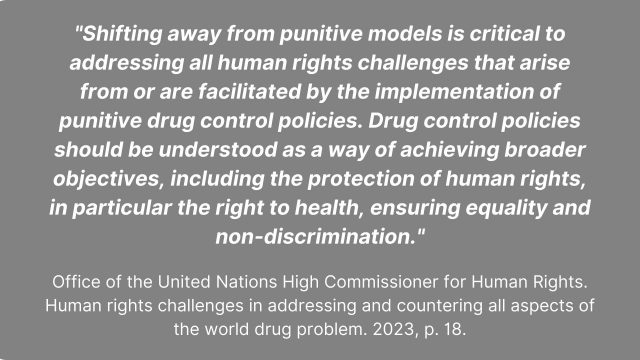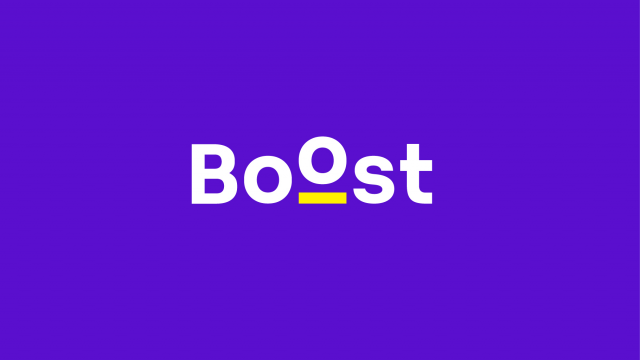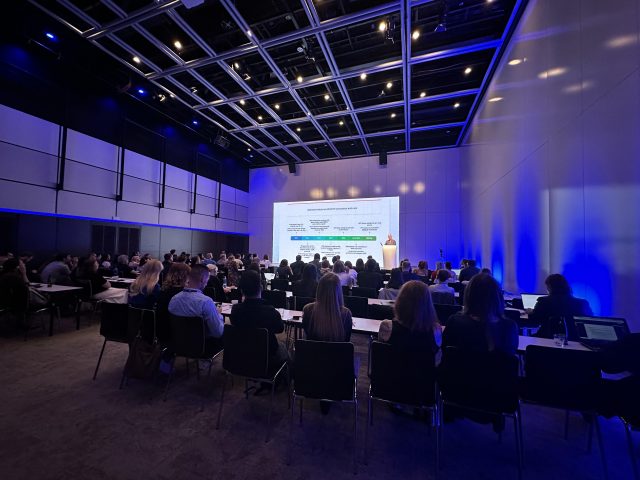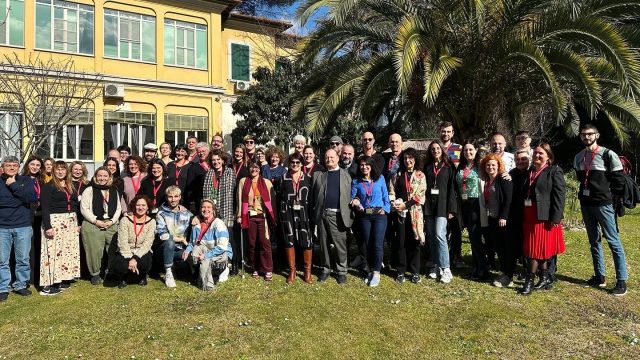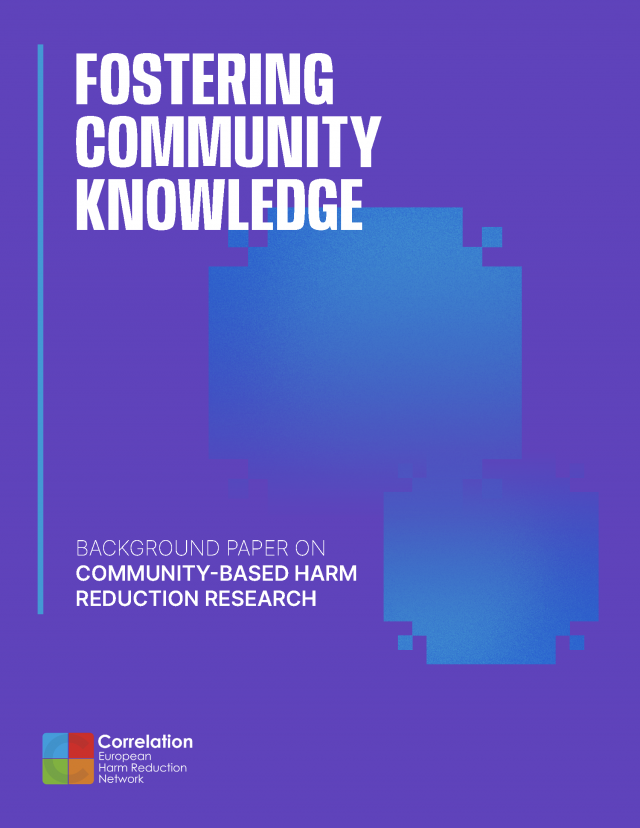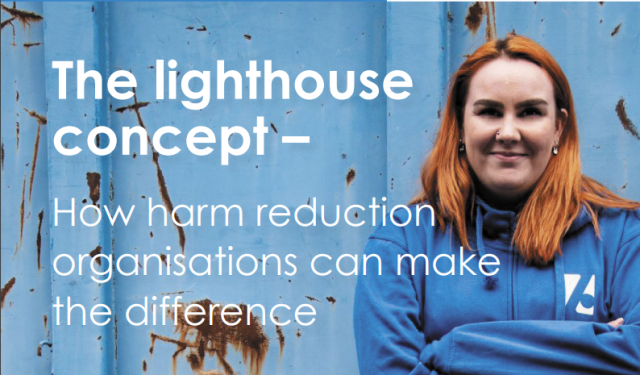Becoming Peer was born with the intention of offering a toolbox for reimagining harm reduction, drawing from concepts, experiences and practices from nightlife and other so-called “recreational settings”. The publication invites stakeholders to acknowledge the value of each other’s expertise in developing effective harm reduction practices. Through discussions of common but contested concepts, the authors invite the reader to question and unsettle power imbalances between different actors, practices, and forms of knowledge, making space for more effective community-based responses to arise.
Who is considered a “peer”?
Peer workers are generally understood to be people with first-hand experience of a specific activity or setting, and the word ‘peer’ points to similarities and shared status. However, being a “peer” worker does not necessarily mean being in a position equivalent to that of people in similar roles or those on the receiving end of interventions. Peer workers have different positionalities, and asymmetries stand between people with lived and living experiences. To cultivate meaningful peerness, it’s central to recognise and use the generative potential of differences to create new strategies for mutual respect and equality among all stakeholders – including peer workers, researchers and policymakers.
Who decides what “healthy” looks like?
Widespread models of health see health as the responsibility of the doctor or the medical establishment, while the patient engages passively, as a “consumer” or as the target of health promotion campaigns. However, from the early history of harm reduction, we learn that health can be understood as a dynamic community practice:
What if health is an activity, not so much a definition of the state of the body? […] However we define it, health emerges in practices of care. And so again, in nightlife harm reduction, there’s a lot of emphasis on ways in which people care for each other. (Tait Mandler, researcher at Wageningen University)
Health can be redefined as a whole concept from the position of people who use drugs, who have long been cast in the position of the “unhealthy”. Being healthy means different things to different people, and it is limiting to define it only within the healthy/unhealthy binary.
Health to someone can mean that they feel at their best. And if feeling at their best means dancing under the influence of drugs in the sand and surrounded by a community who cares about them, then that should also be part of health. (Hayley Murray, researcher at Wageningen University)
Participants of the meeting discussed the importance of trust in successful peer support, which can originate from having a shared experience with a certain substance, a similar background or presentation, and from simply knowing that the other party will not be judgmental, shocked or stigmatising and prepared to tend to one’s needs.
Building trust is really centered on using non-stigmatizing, strengths-based language and creating places for people to have safe conversations around drugs, in an anti-oppression, non-carceral framework. People need to know that you’re a person who isn’t going to be shocked when they say something about GHB or heroin, for example. (Lynn Jefferys, operations manager at EuroNPUD)
What counts as evidence?
Harm reduction projects that promote their own version of health from the community often have to produce evidence to show the impact of their work, whether for funding or to affect policy. There is a hierarchy that frames certain types of evidence, such as randomised control trials and statistical analysis, as the most convincing. On the other hand, lived experiences and personal stories are often discredited or taken less into account.
Yet, the tacit, embodied knowledge and the everyday experience of people who use drugs constitute a precious “living archive” of information. Becoming Peer advocates for the recognition and respect for the expertise of people who use drugs in the harm reduction field and their involvement in developing innovative, community-based strategies and interventions.
As long as evidence is equated with expert knowledge or only seen as useful when produced through particular scientific methods there can be no meaningful peerness […]. An archive, on the other hand, doesn’t prefigure how it is used, doesn’t dictate what’s useful and what’s not. Archives don’t foreclose the future—they allow it to be open ended. (Mandler, T. & Perez Gayo, R. (2023) Becoming Peer: 25)

